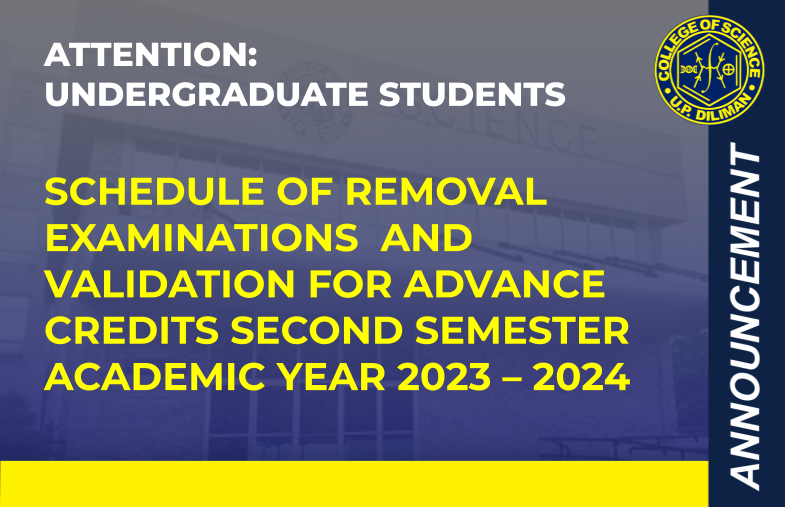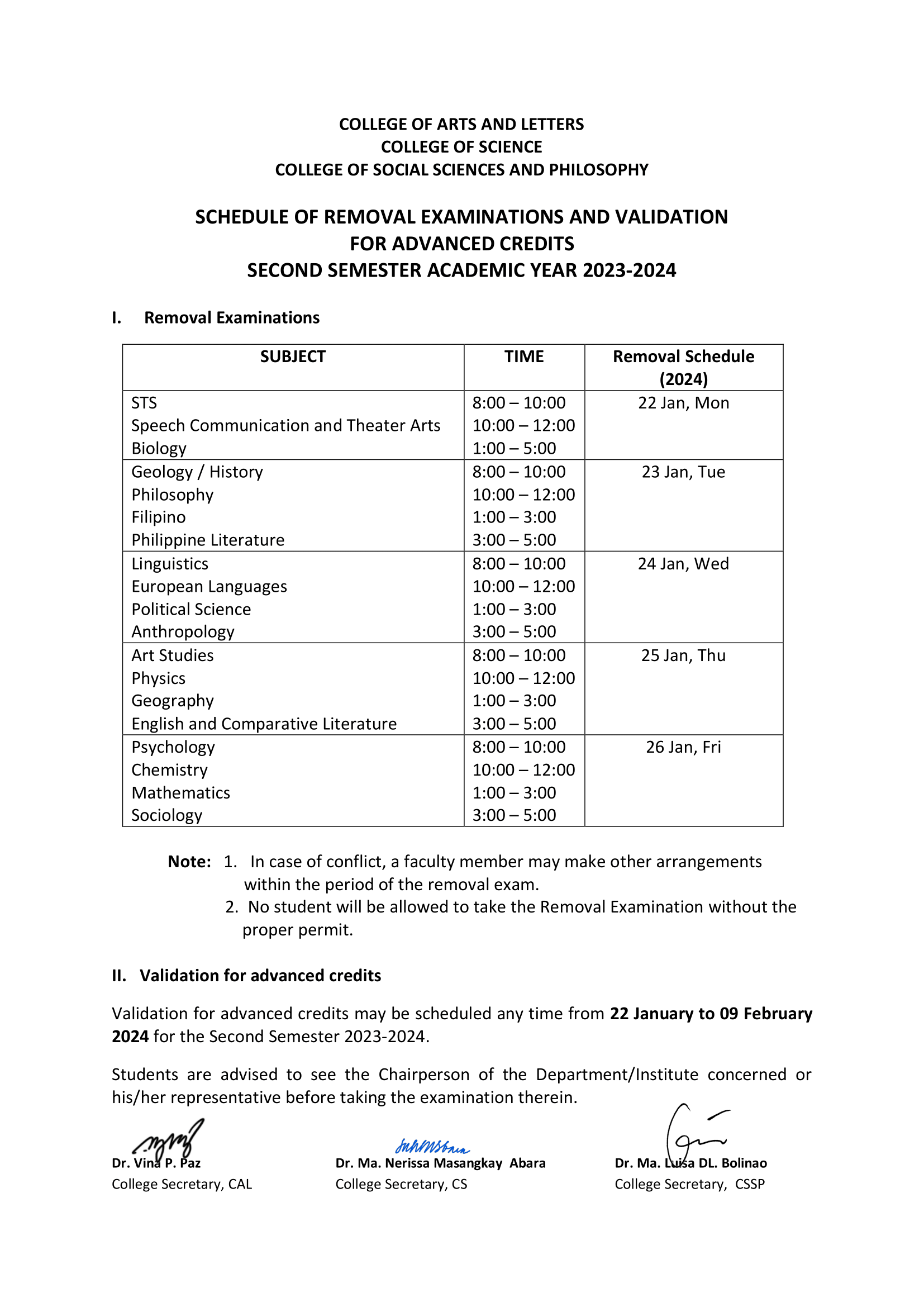“No patent, no right”: UP lawyer highlights scientists’
need to protect inventions
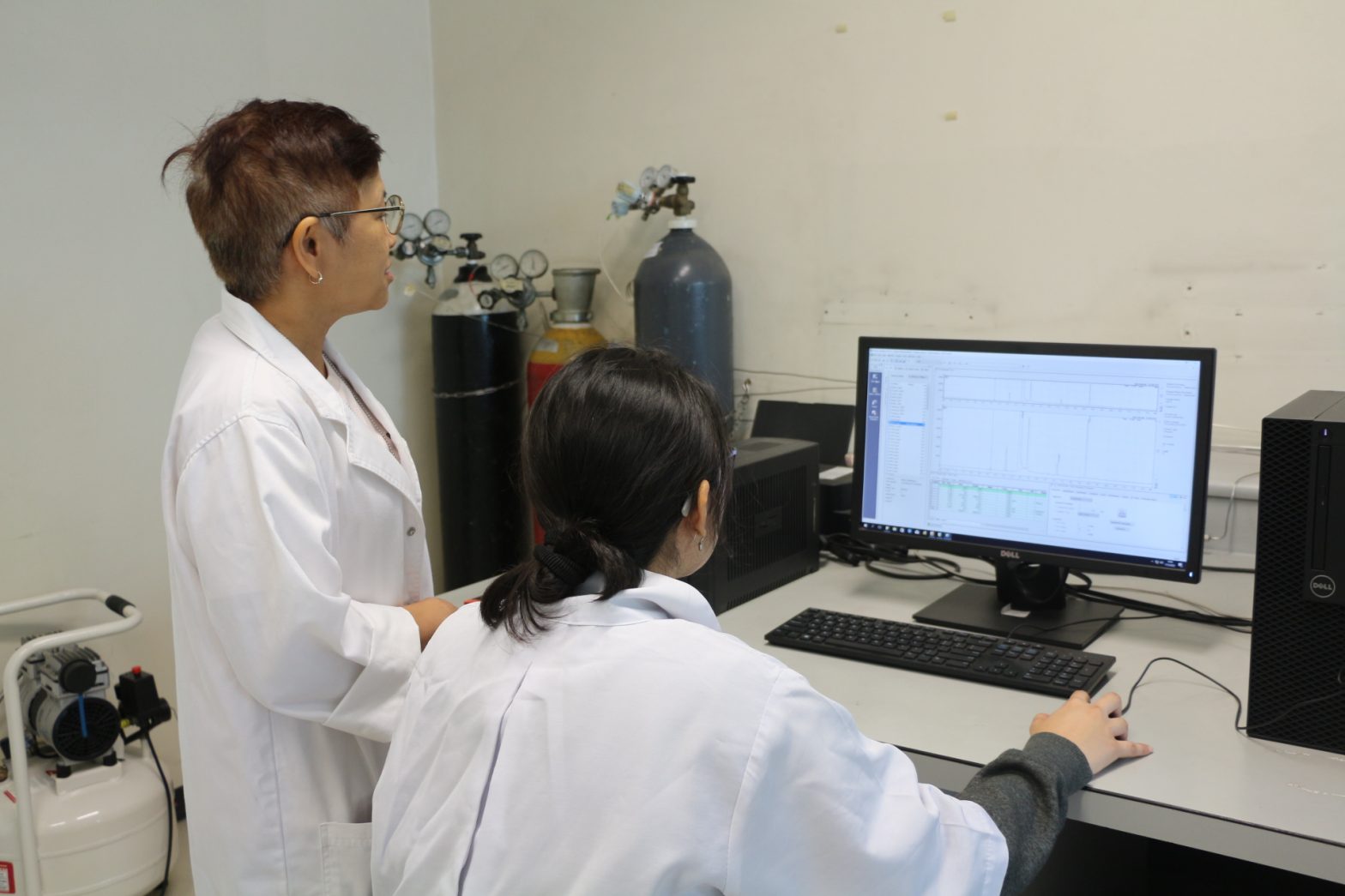
“No patent, no right”: UP lawyer highlights scientists’ need to protect inventions
Published: January 10, 2024
By: Harvey L. Sapigao
In the ’90s, Dr. Neila Cortes-Maramba of UP Manila led a team of scientists investigating ten medicinal plants in the Philippines. Two of these plants exhibited promising results—one for cough and the other for urinary tract infections. The team patented Vitex negundo (Lagundi) and Blumea balsamifera (Sambong) in syrup and tablet forms, granting them exclusive rights to these medicines.
Today, Lagundi and Sambong are essential remedies for coughs and UTIs, proving lucrative for the pharmaceutical industry. Had they not applied for a patent, UP Manila and its partners would not have earned more than 50 million pesos in remittances through royalties and licensing fees, nor would they have been able to claim the invention as their own and would leave it vulnerable to idea theft.
If inventions and creations are not patented, “it belongs now to the public domain where anyone can reproduce or manufacture it,” Atty. Josephine R. Santiago of the UP Diliman College of Law said at the 7th session of the iStories webinar, hosted by the University of the Philippines – Diliman College of Science. Atty. Santiago is an award-winning intellectual property (IP) expert who served as the Director General of the Intellectual Property Office of the Philippines (IPOPHL).

A patent, as a form of IP, provides the inventor exclusive rights to their creations. “The right of a patentee is only to prevent third persons from manufacturing, offering for sale, using, selling, or importing the invention,” Atty. Santiago explained. “It is not to make the invention, but to prevent others.” She added that, when multiple inventors unknowingly created the same invention, the first to file the patent secures the rights to it.
UP Diliman has successfully patented various inventions, such as CoaTiN, a coating technology that uses titanium nitride to extend the lifespan of metallic tools, developed by Dr. Henry Ramos of the National Institute of Physics (NIP), and an amebiasis detection kit that quickly identifies the disease using saliva, invented by Dr. Windell Rivera, Dr. Angeline Odelia Concepcion, and Dr. Alexander Edward Dy of the Institute of Biology (IB).
Patents not only benefit inventors but also stimulate innovation and improve existing products. Applying for patents requires detailed explanations of how the invention works. This information becomes publicly available upon patent approval, allowing other inventors to draw inspiration from or enhance the patented work.
Atty. Santiago also touched upon the other three types of IP: trademarks, which protect identifying symbols and expressions; copyright which grants rights from the moment of creation; and trade secrets, which safeguards valuable confidential information.
She will also discuss harnessing IP for innovation in another iStories session.
iStories is a series of monthly innovation-themed talks, storytelling, and activities featuring local and international scientists. The initiative aims to ignite the creativity and inventiveness of young scientists not just from UPD-CS but also from other institutes inside and outside of UP.
For inquiries about iStories, please message adride_staff@science.upd.edu.ph
For interview requests and other media concerns, please contact media@science.upd.edu.ph
SCHEDULE OF FINAL EXAMINATIONS FIRST SEMESTER ACADEMIC YEAR 2023 – 2024
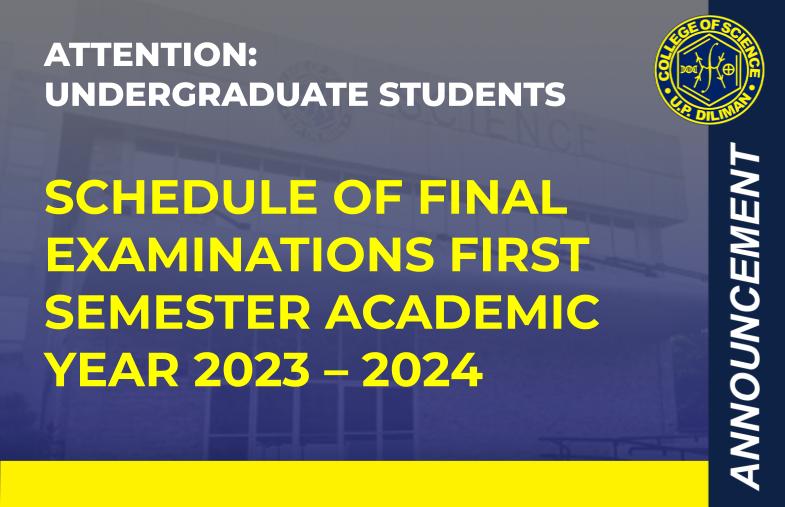
SCHEDULE OF FINAL EXAMINATIONS FIRST SEMESTER ACADEMIC YEAR 2023 – 2024
NO FINAL EXAMINATIONS should be given prior to the scheduled final examination period without the consent of the DEAN except for laboratory courses which may be held during the last day of the laboratory period of the semester.
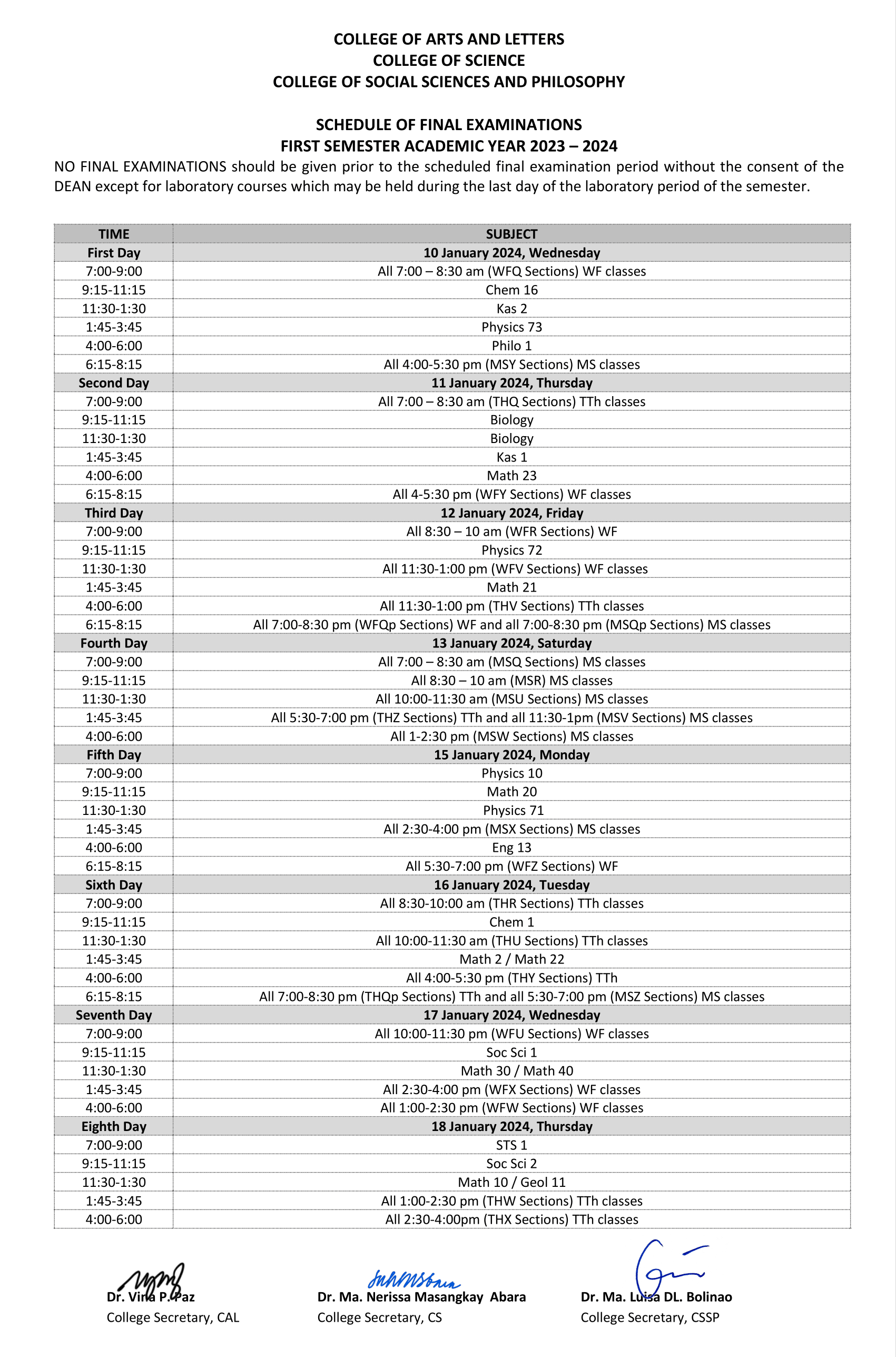
Congratulations! Dr. Gino Angelo Velasco


A huge congratulations to Dr. Gino Angelo Velasco, Associate Professor at the Institute of Mathematics, on receiving the prestigious 2023 UP CASAF J. Antonio Aguenza Professorial Chair (Public Service)! ![]()
Your dedication to academia and public service is truly commendable. Congratulations on this well-deserved recognition! ![]()
More intense typhoons to come this century, UP study warns
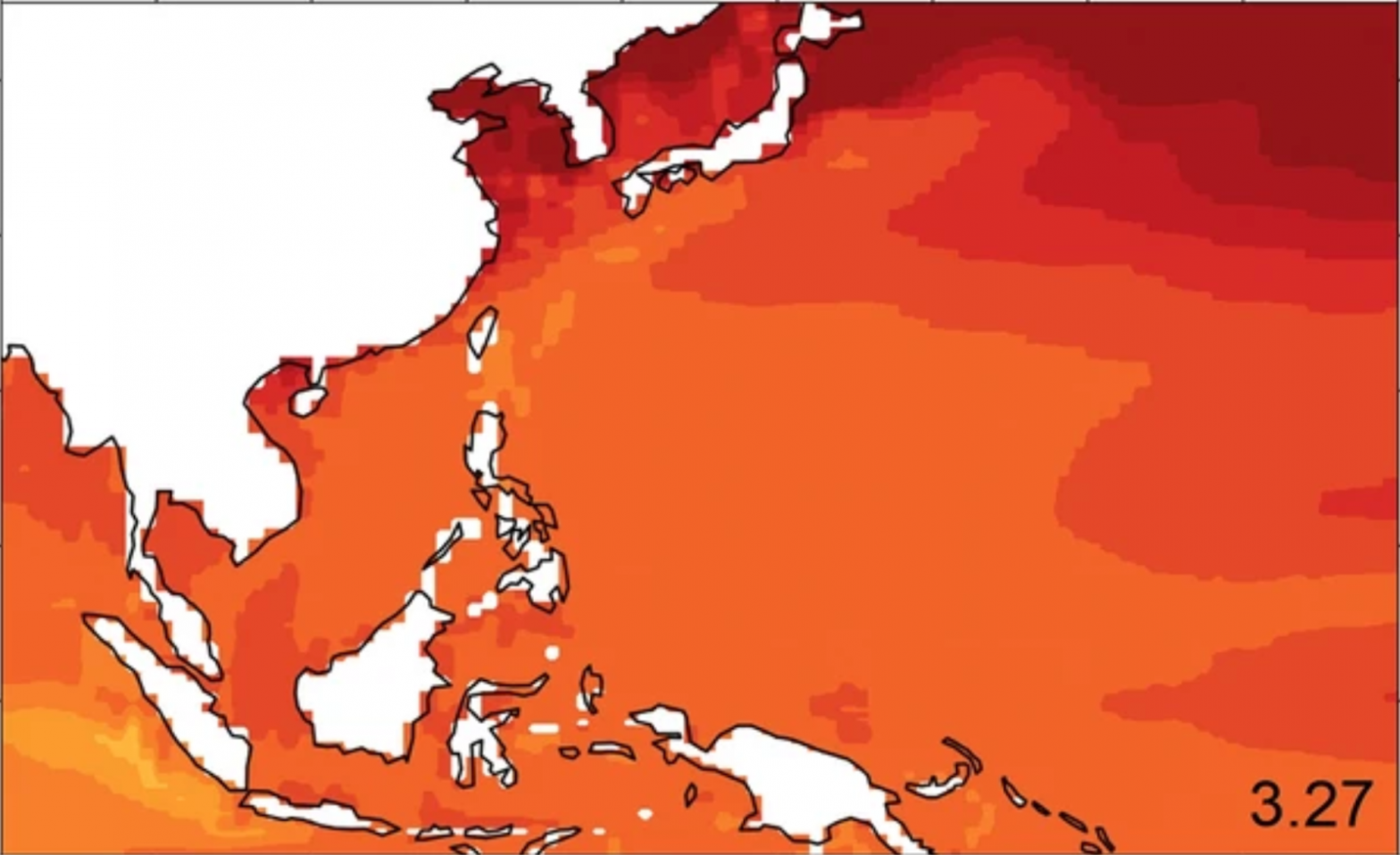
More intense typhoons to come this century, UP study warns
Published: December 15, 2023
By: Harvey L. Sapigao
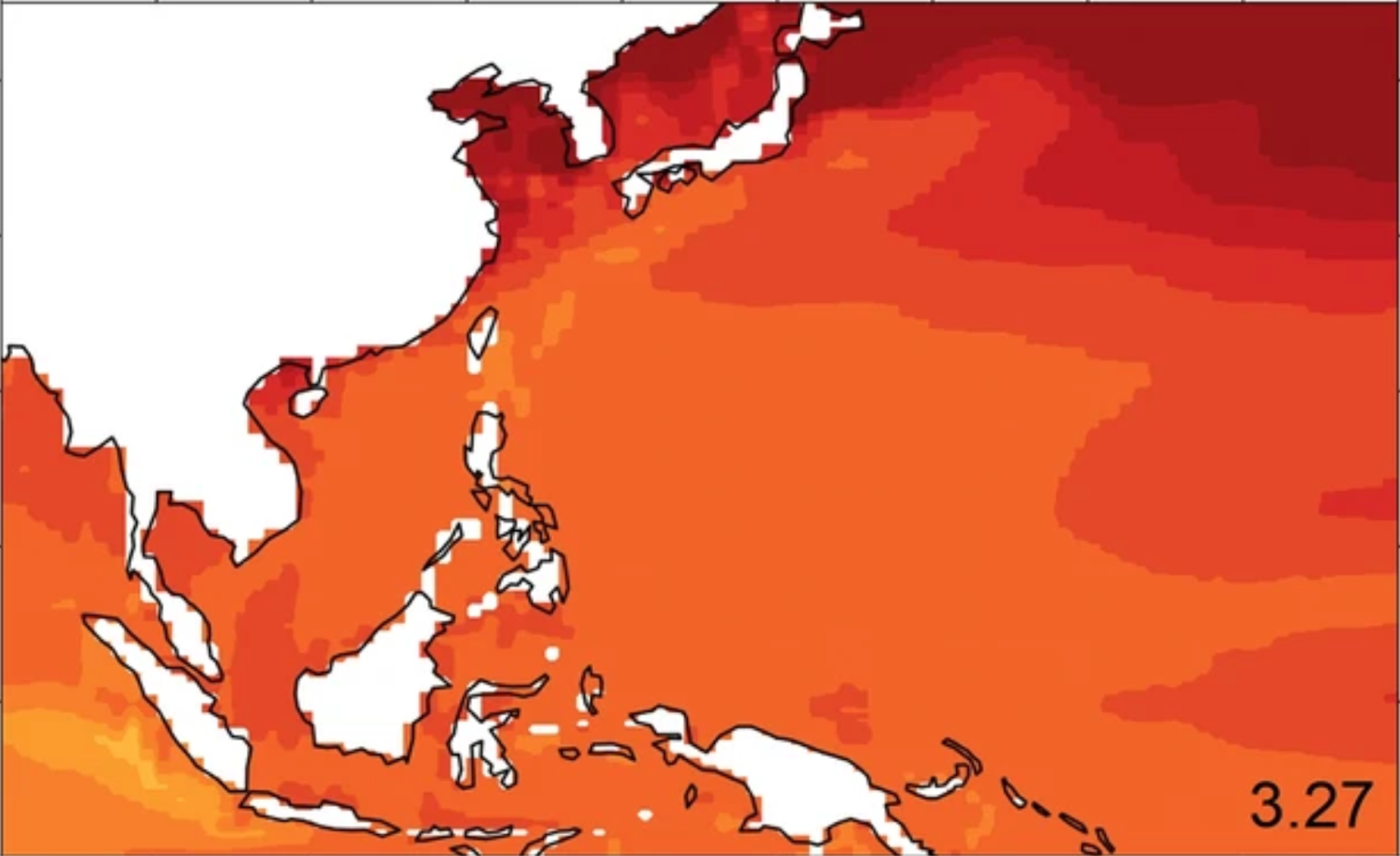
The Philippines should brace for potentially stronger and more destructive typhoons due to climate change, warns new research coming out of the University of the Philippines – Diliman College of Science’s Institute of Environmental Science and Meteorology (UPD-CS IESM).
Dr. Rafaela Jane Delfino and Dr. Gerry Bagtasa, together with colleagues from the UK, found that future Philippine typhoons may have a higher cyclone damage potential (CDP) than today’s typhoons.
CDP is a metric that takes into account several factors, including the size of the cyclone and the speed of its winds. The scientists gathered data from recent typhoons and projected these onto likely future climate scenarios to figure out future CDPs. The greater the CDP, the greater potential damage costs, particularly from winds.
Specifically, the researchers looked at three of the most deadly super typhoons in recent history: Haiyan (which happened in 2013 and was locally named Yolanda); Bopha (2012, Pablo); and Mangkhut (2018, Ompong). They then hypothesized the potential damage from these typhoons if they happened in a future where the climate is forecast to be warmer and more humid, based on multiple climate projections for the years 2070 to 2099.
Moreover, by employing various projections and considering several factors such as atmospheric temperature, sea surface temperature, pressure, and relative humidity, the researchers were able to conclusively link climate change to the intensification of the three Philippine typhoons mentioned in the study. They also found that future typhoons may be expected to be stronger and more damaging. Like spinning tops, the potentially faster winds and slower movement of these future typhoons could lead to them lingering longer over land and therefore causing more damage.
For example, under one forecast model, the CDP from a future cyclone similar to Super Typhoon Yolanda was seen to be as much as 37% greater than the damage experienced in 2013. In another simulation, Super Typhoon Ompong, which had a simulated maximum wind speed of 205 kph under present climate conditions, could potentially hit 270 kph under future climate conditions. The projections also showed an increase of as much as 50 kph in the maximum wind speeds of future typhoons like Yolanda and Pablo.
“Based on our simulations, it is found that the most damaging tropical cyclones like Haiyan, Bopha, and Mangkhut will have higher wind-related damage potential in the future,” the researchers concluded in their paper.
“Tropical cyclones of such intensity and damage potential in the future will have serious implications with the increasing exposure and vulnerability in the Philippines,” they added, calling for further research using other models and typhoon data sets.
For interview requests and other concerns, please contact media@science.upd.edu.ph.
References:
Delfino, R.J., Vidale, P.L., Bagtasa, G. et al. Response of damaging Philippines tropical cyclones to a warming climate using the pseudo global warming approach. Clim Dyn 61, 3499–3523 (2023). https://doi.org/10.1007/s00382-023-06742-6
UP STS scientists assess the effectiveness of the Philippines’ COVID-19 government policies
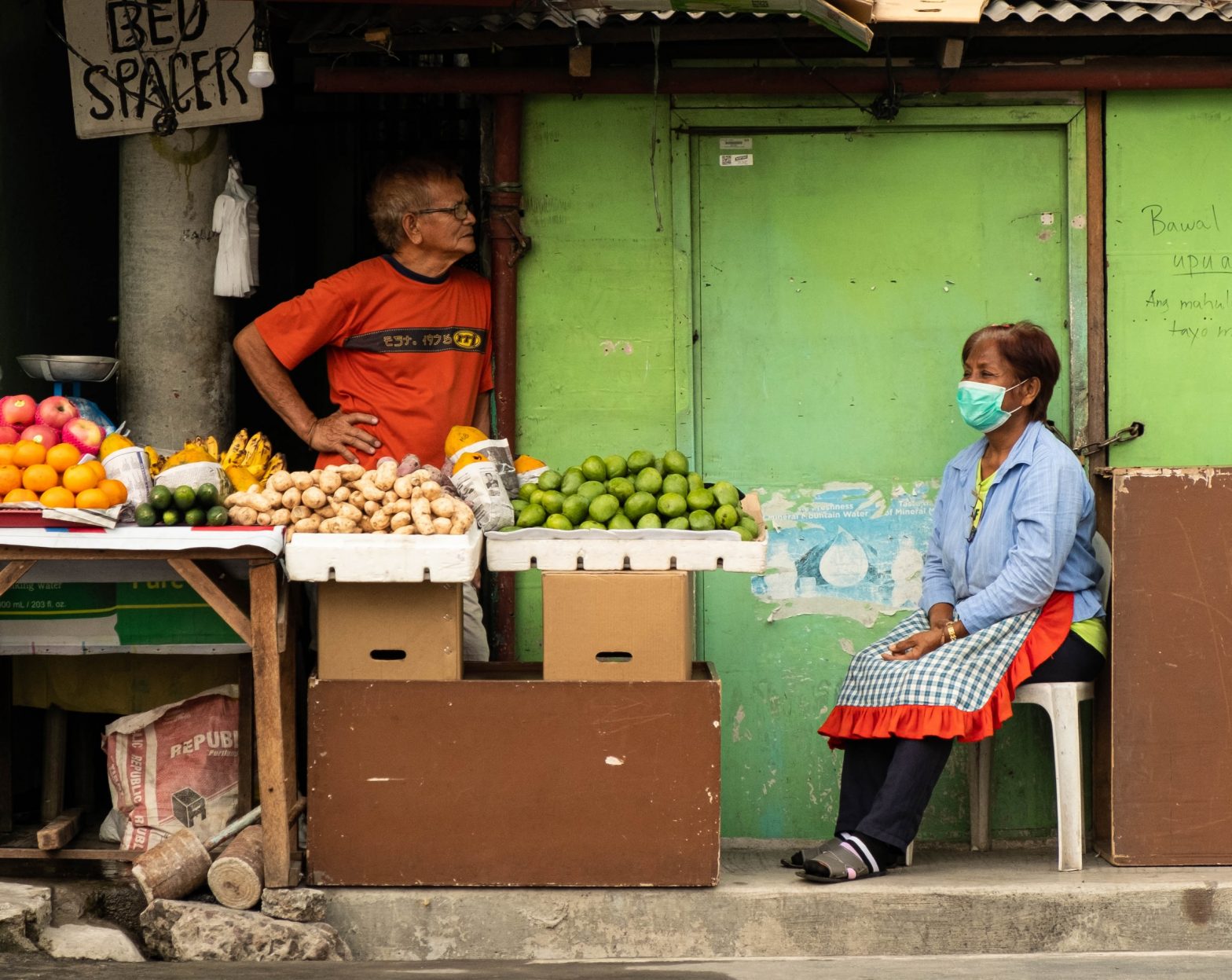
UP STS scientists assess the effectiveness of the Philippines’ COVID-19 government policies
Published: December 13, 2023
By: Harvey L. Sapigao
The COVID-19 pandemic spurred governments worldwide to respond with containment policies, with the Philippines having one of the longest and most stringent COVID-19 policies in the world. How effective were these policies in containing the pandemic and providing social and economic support to citizens? This is the question UP Diliman College of Science’s Science, Technology and Society (UPD-CS STS) researchers ventured to answer.
A novel, multidisciplinary approach
STS scientists and faculty members Prof. Benjamin Vallejo Jr, Dr. Rodrigo Angelo Ong and Asst. Prof. Ranjit Singh Rye found a new interdisciplinary approach to the problem: “We just adopted statistical methods commonly used in marine behavioral ecology. After all, government policy response is a set of behaviors that can be standardized and compared with each other. The most significant behavioral responses can be statistically modeled,” Vallejo said.
“Furthermore, a multidisciplinary perspective allows for a better contextualization of how effective the policies are,” he added.
Using standardized policy response measures collated by the Oxford COVID-19 Government Response Tracker project (OxCGRT), they assessed the effectiveness of the Philippine response from 2020 to 2022. The OxCGRT includes daily policy response and implementation data from 180 World Health Organization (WHO)-member states, from 1 Jan 2020 to 31 Dec 2022.
The STS scientists were able to determine that stringent pandemic policies—including lockdowns, quarantines, stay-at-home ordinances, and travel restrictions—were effective in containing the pandemic within the first 60 days. These are all dependent on law enforcement and a securitized approach.
Effectivity of lockdowns and vaccinations
Complete lockdowns negatively affected the economy, so there was a gradual and phased relaxing of policies beginning in May 2020. It was during the relaxing of lockdowns with limited mobility starting with essential personnel that the shortcomings of the government’s response became apparent. With lockdowns being phased out, contact tracing and testing became more necessary to immediately contain clusters of infections. The government was least effective in these efforts.
The policy analysis also revealed that the government’s vaccination rollout and prioritization, although with logistical difficulties at the start, was effective in reducing infections in the health workers sector and thus ensuring the delivery of health services The health workers received the vaccine in a shorter timeframe than the rest of the population beginning March 2021. Overall, it can be said that vaccination caused a more positive outcome in the pandemic.
It was also found that the continuation of travel health checks—such as requiring proof of vaccination, COVID-19 rtPCR tests, and, later, antigen tests—had a low odds ratio to the rate of COVID-19 case increase. This simply means that these requirements lessened the risk of spread of infections across provincial and international borders.
Mask wearing and social distancing
Non-pharmaceutical interventions such as mask-wearing and social distancing, while significantly effective at the local level, were not significantly effective at the national level. The reason is likely related to the differing levels of citizen compliance in communities. Implementation was with the local governments and reflects on political and governance realities. Politicians who implement restrictions without their constituents being consulted and convinced of the necessity of restrictions are likely to lose votes in the next election. In a democracy, citizen engagement with governments remains essential in responding to a crisis such as a pandemic while protecting civil rights according to law. Citizen participation is a central idea in STS in government.
The key role of STS in policy analysis
The UP STS scientists’ work demonstrates that STS approaches to science-informed policy analysis can objectively assess the strengths and weaknesses of government policy. The scientists hope that their study will make policy and governance more effective especially in crises.
Prof. Vallejo is a marine biologist with the UPD-CS Institute of Environmental Science and Meteorology; Dr. Ong, a physician, is a professorial lecturer with the Science and Society Program; and Asst. Prof. Rye is with the Department of Political Science of the College of Social Sciences and Philosophy, UP Diliman. Prof. Vallejo and Dr. Ong also trained under the International Network for Governmental Science Advice (INGSA) in Malaysia on science advice and policy analysis.
Reference:
Vallejo B, Ong RAC , Rye, RS (2023) An Assessment of the Philippines government’s Response to the COVID-19 pandemic based on policy response indices. SciEngg 16 (2) 426-436
Call for Nominations for the next IC Director – Extended
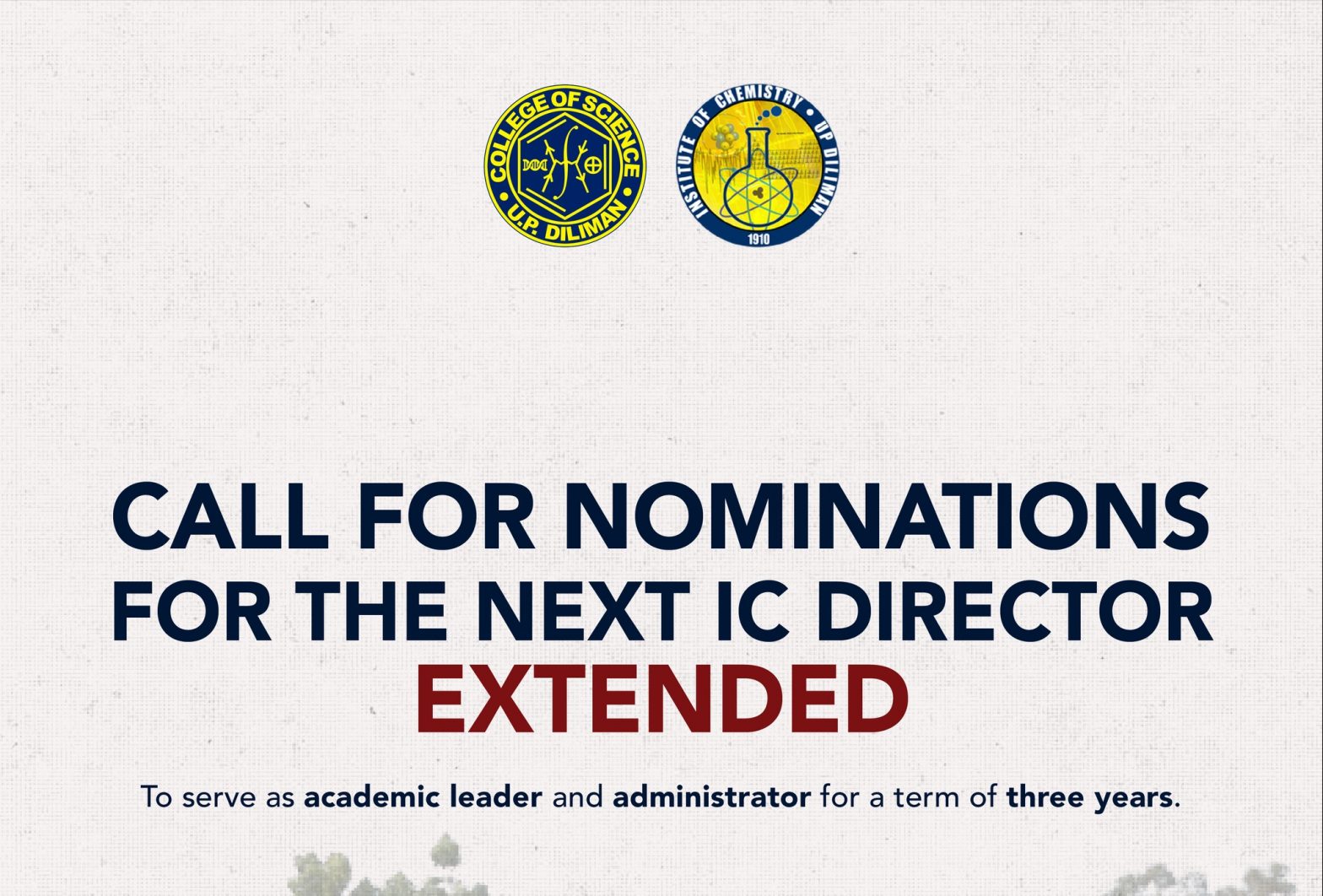
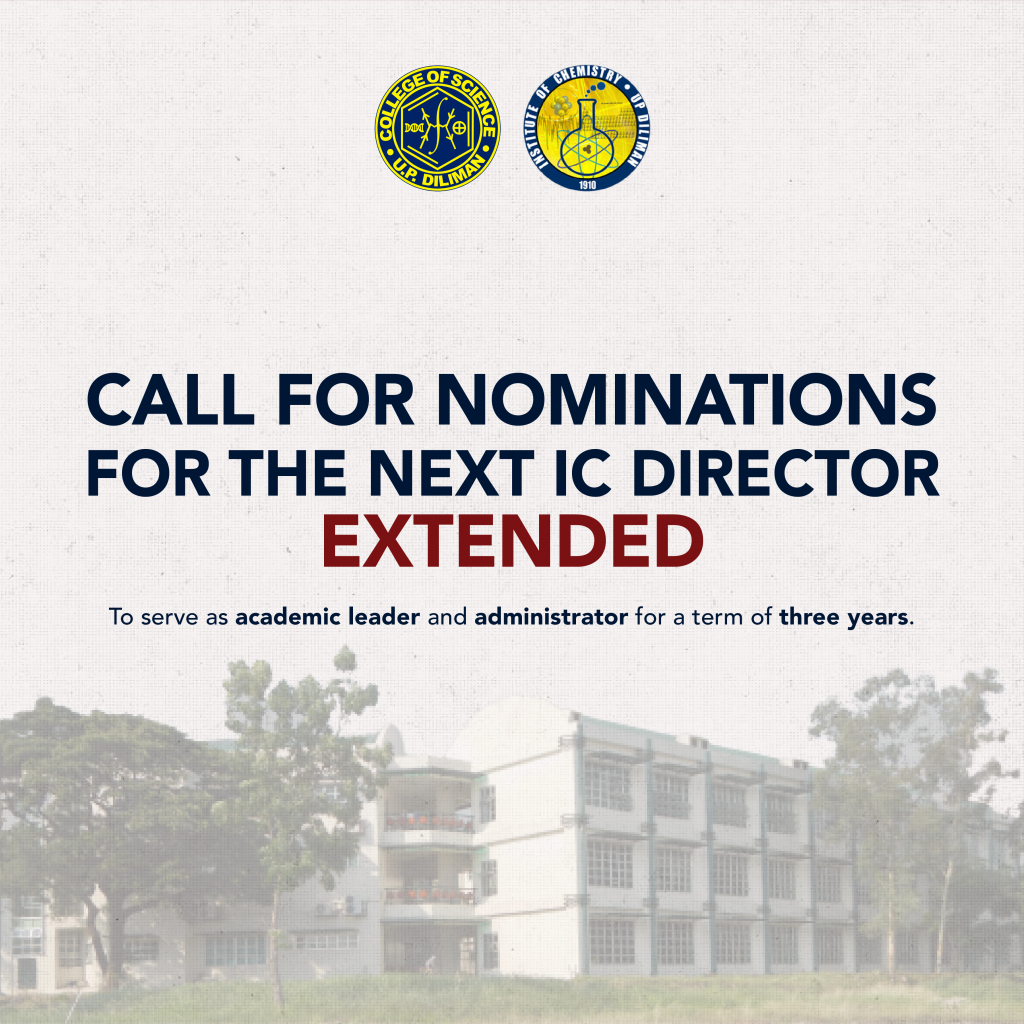
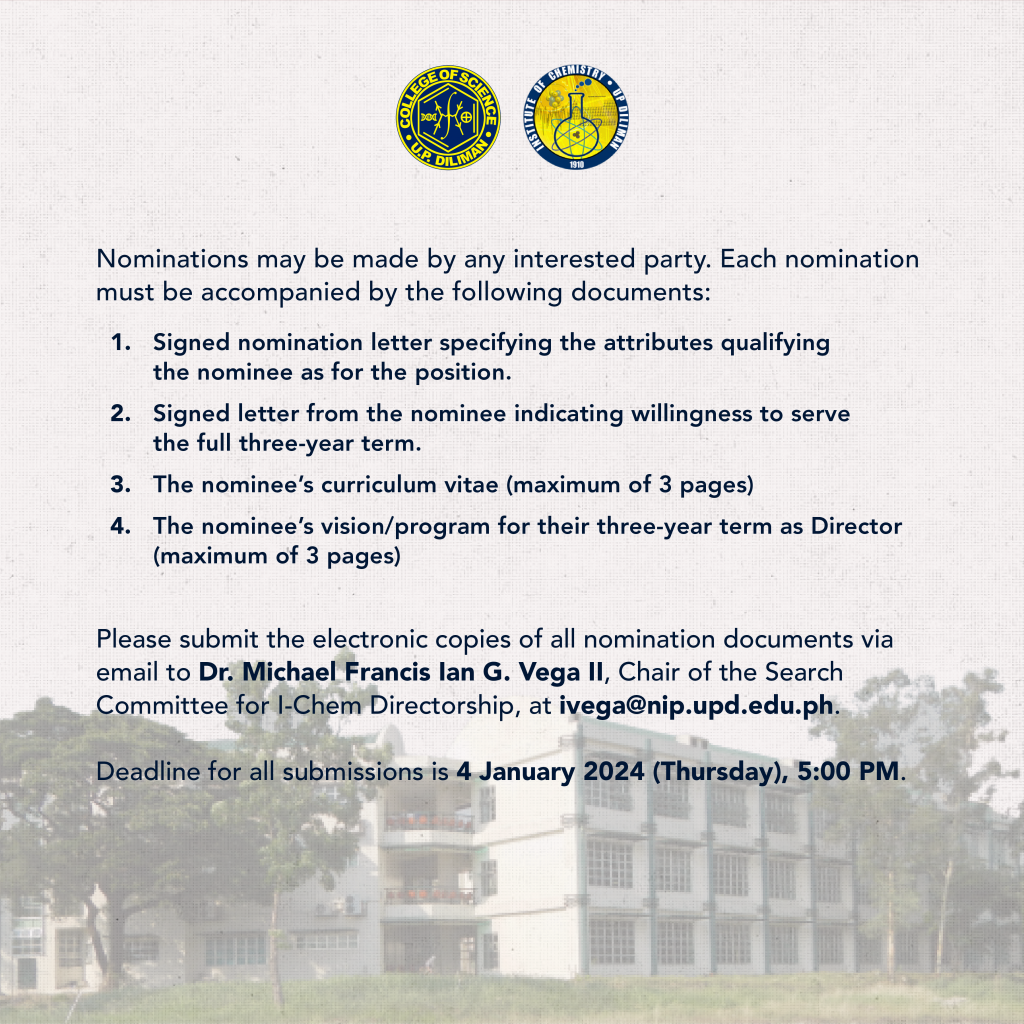
UP researchers caution against parasites in raw vegetables, seafood

UP researchers caution against parasites in raw vegetables, seafood
Published: December 7, 2023
By: Harvey L. Sapigao
Scientists from the University of the Philippines (UP) are gently reminding the public to thoroughly wash and cook their market-bought fresh produce and seafood as a precautionary measure against parasites.

The parasite that causes toxoplasmosis, called Toxoplasma gondii (T. gondii), is one of the most infectious parasites in the world: it affects almost a third of the world’s population, most especially vulnerable groups such as the pregnant and immunocompromised. While most people infected with the disease do not present any symptoms, some may suffer flu-like symptoms, such as fever, headache, and muscle aches. But in severe cases, toxoplasmosis can cause inflammation of the brain and blurry vision. Infected parents’ newborn infants may suffer from excessive fluid in the brain and developmental issues. Fortunately, treatments are available for toxoplasmosis, hence symptomatic individuals are advised to seek timely medical attention.
Cielo Emar M. Paraoan, Ren Mark D. Villanueva, and Marie Christine M. Obusan of the UP Diliman College of Science’s Institute of Biology (UPD-CS IB) found that T. gondii is fairly common in vegetables and oysters that they sampled from local markets in Central Luzon. Among the vegetables tested were lettuce, cabbage, carrots, cauliflower, and mung bean sprouts.
Six out of sixty (10%) collected vegetable samples contained traces of T. gondii, with leafy vegetables found to be more contaminated than root vegetables. Similarly, for oysters, 9.09% or four out of 44 samples were also contaminated. The researchers noted that the T. gondii traces found on both vegetables and oysters are of Type I genotype. The researchers aim to investigate further the genotypes of T. gondii that will be detected in the country, as Asia is reported to have a high degree of genetic diversity.
The study provides evidence that T. gondii may be transmitted through vegetables and oysters that are being sold in supermarkets and public markets. However, the researchers noted that they only tested a small sample size, and more studies with bigger sample sizes must be conducted. At present, they have an ongoing study that detects the parasite in environmental samples.
The study also underscores the importance of adequately preparing fresh produce and seafood to eliminate not just T. gondii but also other parasites that may be present. The authors also emphasized the need for better management of biological pollutants.
“The most sustainable approach for reducing the risk of T. gondii exposure through the consumption of seafood should focus on reducing T. gondii contamination at its source, as well as mitigating the flow of contaminated runoff to water bodies,” the authors said in their paper, published in the October 2023 issue of the Philippine Journal of Science.
For interview requests and other concerns, please contact media@science.upd.edu.ph.
References:
Paraoan CE et al. 2023. Molecular Detection and Prevalence of Toxoplasma gondii in Ready-to-eat Vegetables and Oysters in Central Luzon, Philippines. Philipp J Sci 152(5): 1989–1998. https://doi.org/10.56899/152.05.36
Centers for Disease Control and Prevention. (2023, June 9). CDC – toxoplasmosis. Centers for Disease Control and Prevention. https://www.cdc.gov/parasites/toxoplasmosis/index.html
Mayo Clinic Staff. (2022, November 3). Toxoplasmosis. Mayo Clinic. https://www.mayoclinic.org/diseases-conditions/toxoplasmosis/symptoms-causes/syc-20356249
UP physicists improve PHL’s disaster response with network science
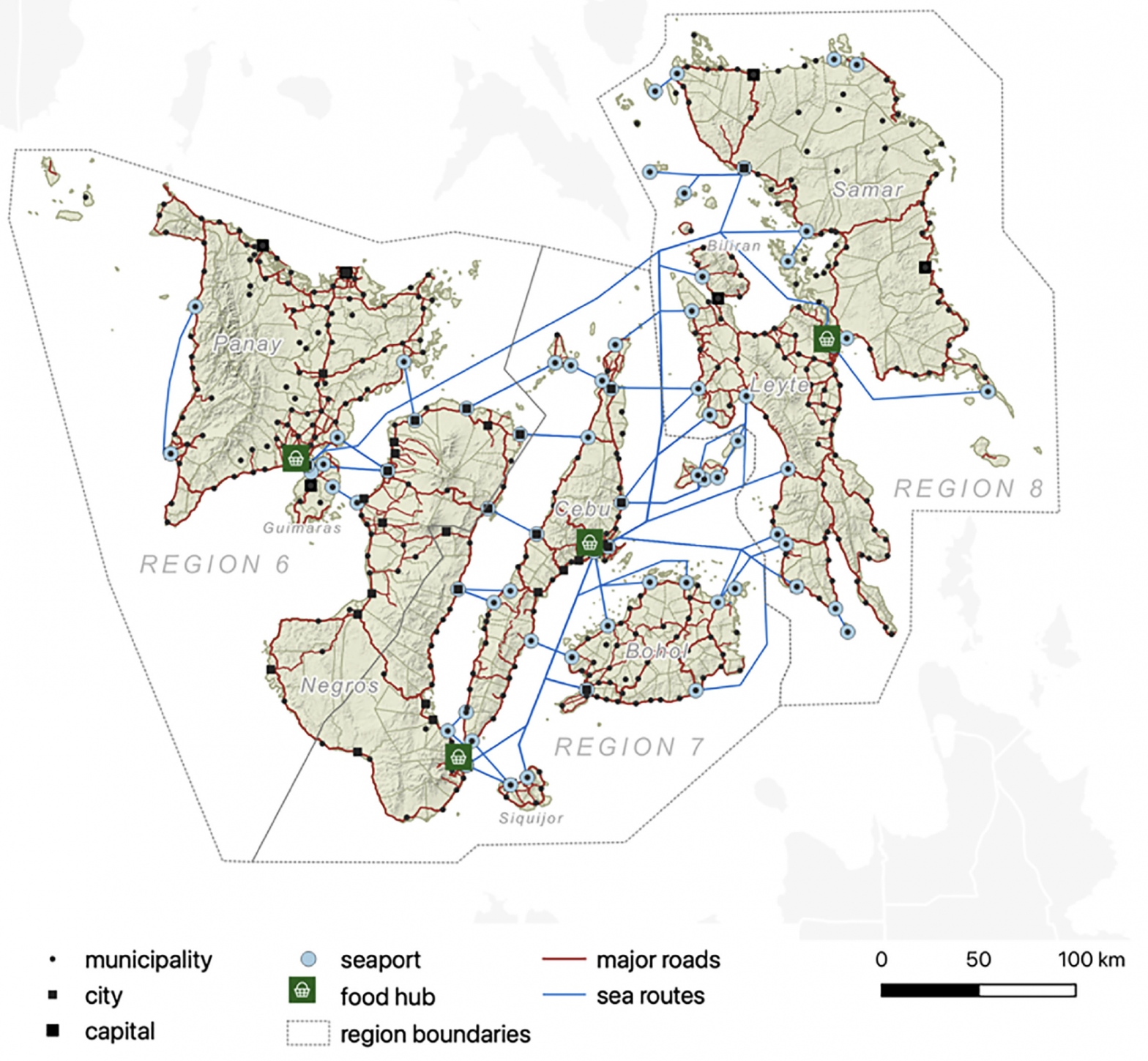
UP physicists improve PHL’s disaster response with network science
Published: December 6, 2023
By: Harvey L. Sapigao
UP scientists are bringing an almost 300-year-old math discipline to life-saving relevance in the 21st Century, paving the way for better and more efficient relief operations in response to typhoons.

First formally described in the early 1700s by the Swiss mathematician and physicist Leonhard Euler, the discipline now known as “network science” was earlier applied to the question of whether or not it was possible to walk through the European city of Königsberg by crossing all of its bridges only once—a math puzzle known as “The Seven Bridges of Königsberg”.
Using network science for disaster relief
Now, as UP scientists have shown, this powerful branch of mathematics can be used to improve disaster relief efforts after a typhoon. In network science, lines that connect two points are called edges, while the points at which the lines intersect are called nodes. Together, edges and nodes make up a graph, which can be applied to a variety of modeling applications including disaster relief.
Dr. May T. Lim and Dr. Reinabelle C. Reyes of the UP Diliman National Institute of Physics (UP-CS NIP), with independent researcher JC Albert C. Peralta, used these concepts to model transport networks: by representing roads and sea routes as edges and the intersections between roads and sea ports as nodes, they were able to calculate the best ways to distribute relief goods.
To simulate how relief operations move through different towns and districts, the researchers first pinpointed the regional food hubs from where relief packages are first received. They then simulated the relief packages moving outwards from these hubs to the edges and nodes, like water flowing through a network of pipes. As part of their model, they also assigned each edge with a travel time, or the time it takes for a vehicle to traverse the road segment or sea route. This allowed them to calculate how long it would take for relief to reach different destinations.
Visayas: Proof of concept
The researchers tested their model on the Visayas region using geographic data from Google Maps, OpenStreetMap, and other publicly-accessible sources. Their model showed that Region 8, particularly in Northern and Eastern Samar, is the most vulnerable to relief delivery delays, taking as much as 12 hours for relief packages to arrive from the food hubs to these districts.

The researchers then simulated how typhoon damages affect relief operations, by randomly removing nodes to mimic impassable roads. Their simulation of the Visayas transport network revealed the extent of its vulnerability. Using the path of Typhoon Yolanda (Haiyan) as example, when even just 1% of the total nodes became inaccessible, 30 out of 251 towns became disconnected from the main network. More worryingly, almost all towns in the region became inaccessible when only just 5% of all nodes were shut down.
“We emphasize the need for a more decentralized and proactive form of relief logistics such as prepositioning relief goods, especially in or nearer to towns most vulnerable to disconnection,” the researchers cautioned.
Nationwide applicability
Although the model was only tested on the Visayas transport network system, the researchers underscored its potential application to all network systems in the Philippines. To showcase this usefulness, they made a prototype app that offers a user-friendly approach for the public. Currently, only the Visayas network system is available, but more transport networks are expected to be available as more data is brought into the model. They also said that the model’s accuracy and usefulness could be improved by using data based on actual rather than hypothetical damage.
The UP physicists’ work demonstrates how network science can aid in disaster response and preparedness. “It is our hope that policymakers will harness this potential for informed decision-making, strategic cost-benefit analysis for infrastructure investments, and effective data-driven transportation planning to enhance resilience in the face of future disasters,” the researchers concluded.
For interview requests and other concerns, please contact media@science.upd.edu.ph
References:
Peralta JCA. C. et al. 2023. Transport Network Efficiency during Typhoon Relief Operations. Philipp J Sci 152(S1): 185–195.
Pinoy inventor investigates abaca spacesuits and other nanotech innovations
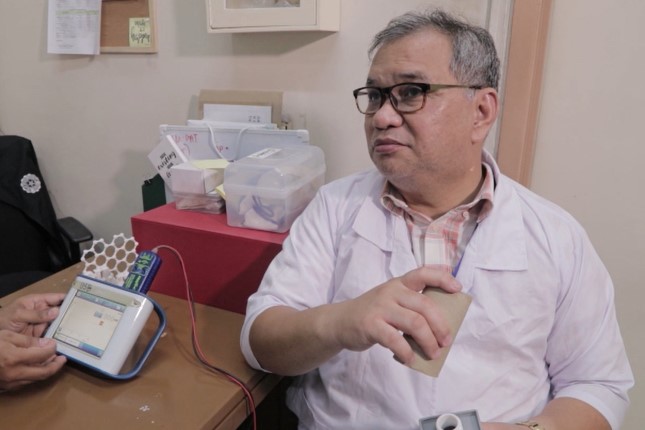
Pinoy inventor investigates abaca spacesuits and other nanotech innovations
Published: November 20, 2023
By: Harvey L. Sapigao
Nanotechnology is a bustling field that opens the door to innovation across a wide variety of industries, from fashion and clothing to health and wellness. With this in mind, Dr. Gil Nonato Santos launched the iNano Research Facility in 2006.
iNano aims to provide nanotech-related services to academic institutions and industries, from manufacturing nanoparticles to nano-coating materials. Its diverse range of projects includes an abaca fabric coated with nanocomposites that can be used for spacesuits. Another project is focused on detecting lung diseases such as active tuberculosis, which affects 10 million people worldwide.

Dr. Santos received his doctorate from the University of the Philippines – Diliman National Institute of Physics (UPD-CS NIP). He is currently a full professor at De La Salle University – Laguna (DLSU-Laguna) and a visiting professor at Osaka University.
Based out of DLSU-Laguna, iNano has collaborations with institutions and companies across the globe, including a prestigious partnership with Integrated Microelectronics Inc. (IMI), a global company that manufactures electronics and semiconductor supplies, and support from USAID. iNano also has collaborations with the Lung Center of the Philippines and National Taiwan University.
More of iNano’s achievements and goals will be discussed by Dr. Santos at the next iStories session on Monday, November 20, at 4:00 PM. He will give his talk at the CS Admin Auditorium and will also be live streamed on Zoom. To join, you may register through this link: https://bit.ly/iStories6
iStories is a series of monthly innovation-themed talks, storytelling, and activities featuring local and international scientists. The initiative aims to ignite the creativity and inventiveness of young scientists not just from UPD-CS but also from other institutes inside and outside of UP.
For inquiries about iStories, please message adride_staff@science.upd.edu.ph
For interview requests and other media concerns, please contact media@science.upd.edu.ph

